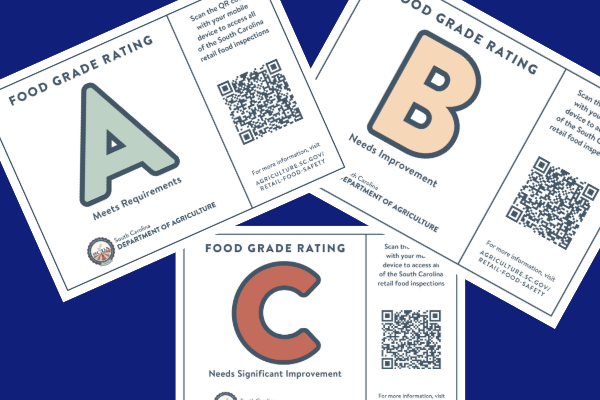On June 23, 2025, the NCAA Division I Board of Directors passed a landmark rule change: sport-specific scholarship limits will be abolished for schools opting into the House v. NCAA settlement. Instead, institutions must now adhere to maximum roster-size caps for each sport, but are free to award scholarships to any or all rostered athletes. The reforms take effect July 1, 2025.
Why This Matters
- Scholarship flexibility: Coaches can decide how many scholarships to award—full or partial—without being constrained by old sport-specific caps.
- Roster management: Roster limits aim to prevent schools from inflating team sizes to capitalize on new NIL revenue without adding coaching/staff support.
- Gender equity boost: The change is expected to more than double women’s scholarships in many sports, helping level the playing field.
Per NCSA, adjustments reflect historical average roster sizes, ensuring the new limits are realistic and manageable — especially in football, where the cap rises from 85 to 105.
New Maximum Roster Limits (2025–26)
| Sport (Division I) | Old Scholarship Limit | New Roster Limit |
|---|---|---|
| Tumbling (W) | 14 | 55 |
| Baseball (M) | 11.7 | 34 |
| Basketball (M) | 13 | 15 |
| Basketball (W) | 15 | 15 |
| Beach Volleyball (W) | 6 | 19 |
| Cross Country (M) | 5 | 17 |
| Cross Country (W) | 6 | 17 |
| Field Hockey (W) | 12 | 27 |
| Football (M) | 85 | 105 |
| Golf (M) | 4.5 | 9 |
| Golf (W) | 6 | 9 |
| Gymnastics (M) | 6.3 | 20 |
| Gymnastics (W) | 12 | 20 |
| Ice Hockey (M) | 18 | 26 |
| Ice Hockey (W) | 18 | 26 |
| Track (M) | 12.6 | 45 |
| Track (W) | 18 | 45 |
| Lacrosse (M) | 12.6 | 48 |
| Lacrosse (W) | 12 | 38 |
| Rowing (W) | 20 | 68 |
| Soccer (M) | 9.9 | 28 |
| Soccer (W) | 14 | 28 |
| Softball (W) | 12 | 25 |
| Stunt (M/W) | 14 | 65 |
| Swim (M) | 9.9 | 30 |
| Swim (W) | 14 | 30 |
| Tennis (M) | 4.5 | 10 |
| Tennis (W) | 8 | 10 |
| Triathlon (W) | 6.5 | 14 |
| Volleyball (M) | 4.5 | 18 |
| Volleyball (W) | 12 | 18 |
| Water Polo (M) | 4.5 | 24 |
| Water Polo (W) | 8 | 24 |
| Wrestling (M) | 9.9 | 30 |
| Wrestling (W) | 10 | 30 |
Broader Implications
- Impact on Walk-Ons: With full scholarship coverage possible, many walk-ons could be replaced by fully-funded athletes. Teams will need to balance roster limits against resource constraints.
- Financial Rebalancing: Departments must prepare for potentially tens of millions in new scholarship funding. Some schools are already adjusting budgets to support expanded scholarships.
- Gender Equity: Earlier scholarship caps often favored men’s revenue sports. These roster limits could lead to more equitable investment in women’s programs.
- Legal and Compliance Aspects: The settlement grandfathers current athletes, protecting their roster spots even if teams later shrink. NIL deal transparency rules also take effect alongside these reforms.
Timeline
- House settlement court approval: June 5, 2025
- NCAA Board vote and formal adoption: June 23, 2025
- Reforms take effect: July 1, 2025
Conclusion
The NCAA’s shift from scholarship caps to roster limits marks a seismic change in college athletics. By empowering schools with flexibility while maintaining roster discipline, these reforms are set to reshape recruiting, financial planning, and athlete opportunities—ushering in a truly new era of college sports.
For More Information:
Sign up for our Sunday Spectator. Delivered to your inbox every Sunday, with all the news from the week.














